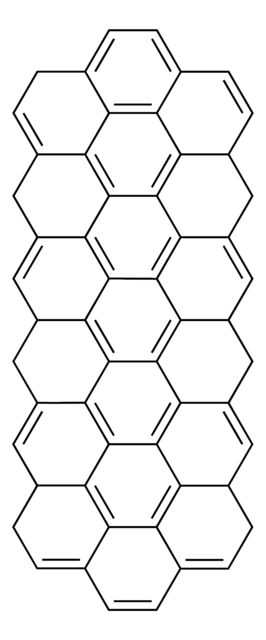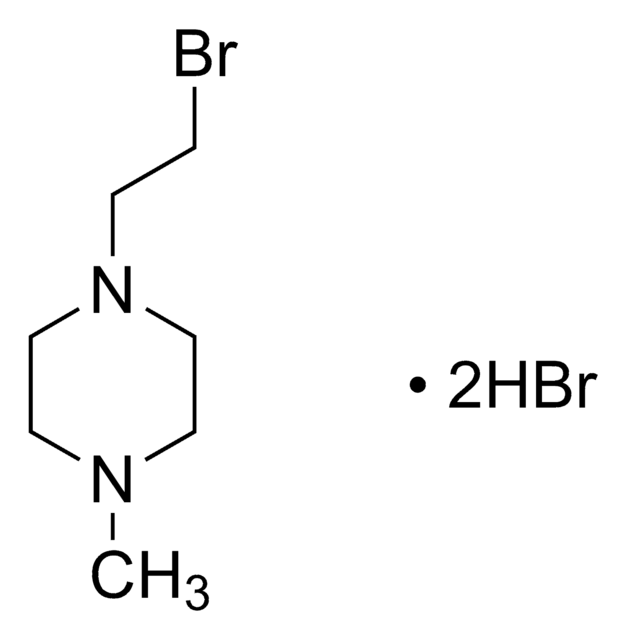797766
Graphene nanoribbons
alkyl functionalized
Sinônimo(s):
GNRs, nano-graphene ribbons
About This Item
Produtos recomendados
Ensaio
≥85% carbon basis (TGA)
Formulário
powder
características do produto alternativo mais ecológico
Design for Energy Efficiency
Learn more about the Principles of Green Chemistry.
sustainability
Greener Alternative Product
C × L
2-15 μm × 40-250 nm
área da superfície
38 m2/g
densidade
1.5763 g/mL (He gas method)
densidade volumétrica
0.0953 g/mL (Mercury Porosimetry)
categoria alternativa mais ecológica
Procurando produtos similares? Visita Guia de comparação de produtos
Descrição geral
Aplicação
- Composites.
- Conductive inks.
- Electrodes for LiB.
- Energy storage & harvesting applications.
- Bio-medical applications.
Nota de preparo
- Less preferred dispersing organic solvents: cyclohexanone and γ-butyrolactone.
- Aqueous dispersions are possible at 0.1 mg/mL with triton-X-100, sodium cholate and deoxycholate and cellulose-based surfactants.
Nota de análise
ID/IG = 1.84±0.25
I2D/IG = 2.12±0.32
2D FWHM = 41 cm-1
Informações legais
Código de classe de armazenamento
11 - Combustible Solids
Classe de risco de água (WGK)
nwg
Ponto de fulgor (°F)
Not applicable
Ponto de fulgor (°C)
Not applicable
Escolha uma das versões mais recentes:
Certificados de análise (COA)
Não está vendo a versão correta?
Se precisar de uma versão específica, você pode procurar um certificado específico pelo número do lote ou da remessa.
Já possui este produto?
Encontre a documentação dos produtos que você adquiriu recentemente na biblioteca de documentos.
Artigos
Since its discovery little more than a decade ago,1 the two-dimensional (2D) allotrope of carbon—graphene—has been the subject of intense multidisciplinary research efforts.
Graphene's unique properties spark interdisciplinary interest; its honeycomb structure offers electrical, optical, and mechanical marvels.
Graphene nanoribbons (GNRs) are quasi-one-dimensional narrow strips of graphene comprised of sp2-hybridized carbon atoms arranged into hexagonal honeycomb lattice configurations.
Catalytic water splitting produces hydrogen crucial for renewable energy, petroleum refining, and chemical industry applications like methanol production.
Active Filters
Nossa equipe de cientistas tem experiência em todas as áreas de pesquisa, incluindo Life Sciences, ciência de materiais, síntese química, cromatografia, química analítica e muitas outras.
Entre em contato com a assistência técnica







